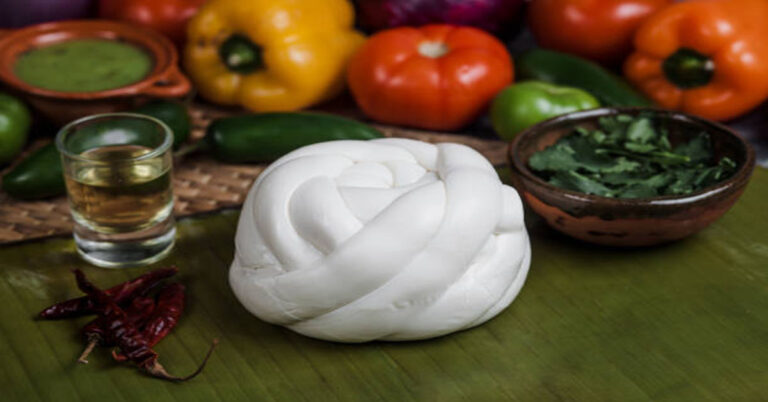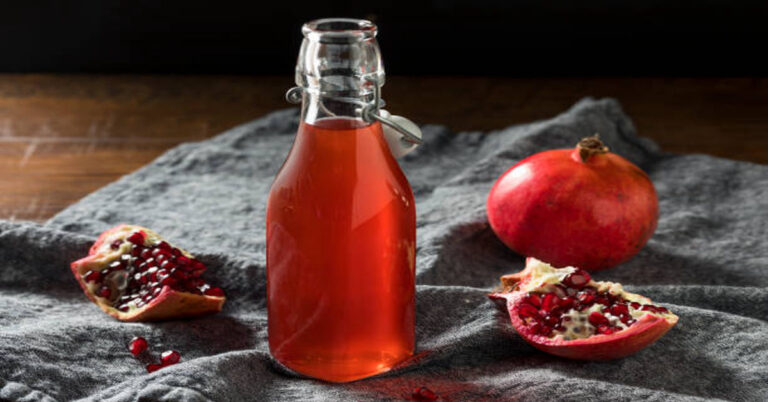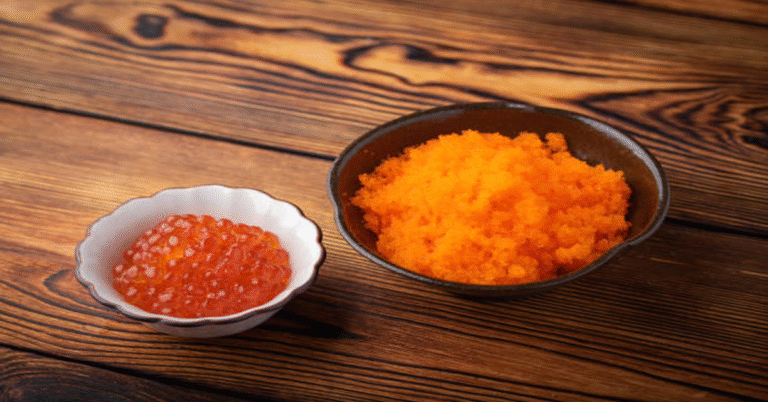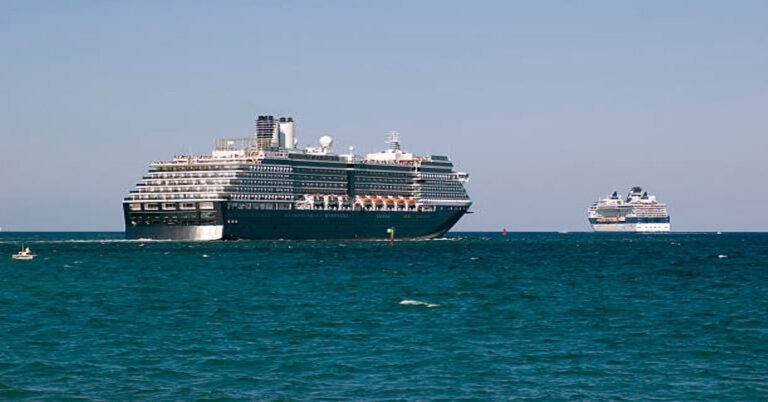
Few beverages embody comfort, artistry, and cultural tradition as elegantly as the cappuccino. Known for its balanced trio of espresso, steamed milk, and frothy milk foam, cappuccino is more than just coffee — it’s a ritual, a social connector, and a canvas for craftsmanship. From the cobblestoned cafés of Italy to modern third-wave coffee shops across the globe, cappuccino has remained an enduring symbol of refined taste and warmth.
In this article, we will explore the origins, preparation techniques, cultural significance, variations, health aspects, and future of cappuccino. Through detailed sections, comparative tables, and narrative explanations, you’ll gain not only knowledge but also an appreciation for what makes cappuccino unique.
The Origins of Cappuccino
The word “cappuccino” is rooted in Italy, deriving from the Capuchin friars, whose brown robes resembled the coffee’s signature color when espresso and milk were combined. The beverage became particularly popular in Italian cafés in the early 20th century, coinciding with the invention of the modern espresso machine.
Unlike simple black coffee, cappuccino was seen as an elevated experience — a drink that symbolized leisure and socializing. Italians embraced it as a breakfast staple, often paired with pastries. The ritual of sipping cappuccino in the morning quickly became a cultural hallmark.
Anatomy of a Cappuccino
A traditional cappuccino is meticulously crafted to maintain balance. The proportions are critical:
| Component | Approximate Proportion | Role in Flavor and Texture |
|---|---|---|
| Espresso | 1/3 | Provides robust flavor and caffeine base |
| Steamed Milk | 1/3 | Adds creaminess and body |
| Milk Foam | 1/3 | Creates airy texture, enhances aroma, aesthetic |
This 1:1:1 ratio ensures that no single element overpowers the other. The espresso offers intensity, the steamed milk smooths the palate, and the foam adds lightness.
Preparation: The Art of Crafting Cappuccino
1. Espresso Extraction
- Coffee beans: Medium to dark roasts are often favored for cappuccino.
- Grind size: Fine, almost powdery to ensure proper extraction.
- Brewing method: An espresso machine is essential for authentic preparation.
2. Milk Steaming
- Milk is heated using a steam wand, creating a velvety microfoam.
- The temperature must not exceed 65°C (149°F) to avoid scalding, which can spoil flavor.
3. Pouring Technique
- The steamed milk is poured over espresso in a controlled motion.
- The foam is layered last, often sculpted into latte art patterns like hearts, rosettas, or tulips.
The skill lies not only in technical steps but also in intuition, timing, and artistry.
Variations of Cappuccino
Over the years, cappuccino has evolved into many styles, catering to diverse preferences.
| Variation | Description |
|---|---|
| Dry Cappuccino | Contains more foam than steamed milk, resulting in a lighter texture. |
| Wet Cappuccino | Contains more steamed milk, creamier and heavier than traditional. |
| Iced Cappuccino | Espresso with cold milk and foam, often served with ice for summer refresh. |
| Flavored | Infused with syrups like vanilla, caramel, hazelnut, or seasonal spices. |
| Vegan | Made with plant-based milk like oat, almond, or soy for dairy-free options. |
Cappuccino vs. Other Coffee Beverages
| Beverage | Composition | Texture/Experience |
|---|---|---|
| Cappuccino | 1/3 espresso, 1/3 milk, 1/3 foam | Balanced, airy, creamy |
| Latte | 1/6 espresso, 4/6 milk, 1/6 foam | Creamy, smooth, milk-dominant |
| Macchiato | Espresso with dollop of foam | Strong, bold, minimal milk presence |
| Flat White | Espresso with microfoam milk | Silky, thin foam, stronger than latte |
| Mocha | Espresso, milk, chocolate syrup | Sweet, dessert-like, chocolate-infused |
This comparison highlights cappuccino’s middle-ground appeal — balanced and versatile.
Cultural Significance
Italy: The Birthplace of Cappuccino
In Italy, cappuccino is traditionally a morning drink consumed before 11 a.m. It is rarely ordered after meals, as Italians believe milk disrupts digestion post-lunch. Cappuccino in Italy is less about size and more about quality, typically served in small cups.
Global Adaptations
In the United States, cappuccino grew popular in the 1980s alongside café culture. It was often served larger, sweeter, and customized. In Asia, cappuccino became a luxury symbol in premium coffeehouses. Each region shaped the beverage to fit cultural norms, but its Italian essence always remained.
Cappuccino in Modern Coffee Culture
Today, cappuccino stands as a bridge between tradition and innovation. Specialty cafés elevate it through single-origin beans, latte art competitions, and alternative milks. It embodies both craftsmanship and lifestyle — a drink that appeals equally to casual drinkers and connoisseurs.
The third-wave coffee movement places emphasis on transparency, sustainability, and flavor diversity, which has directly influenced how cappuccinos are sourced and prepared.
Health Aspects of Cappuccino
Cappuccino, when consumed mindfully, offers several health benefits:
- Caffeine Boost: Provides energy and improved focus.
- Rich in Antioxidants: Coffee contains polyphenols beneficial for health.
- Calcium Source: Milk adds nutritional value with calcium and vitamin D.
- Moderation-Friendly: A standard cappuccino has fewer calories than sugar-loaded coffee beverages.
However, excessive consumption or adding sweeteners can offset these benefits.
Serving Etiquette
In traditional cafés, cappuccinos are:
- Served in 150–180 ml cups.
- Paired with small spoons to stir sugar if desired.
- Sometimes accompanied by a small biscuit.
Baristas often serve cappuccinos with artistic foam patterns, adding visual pleasure to taste.
Global Popularity Trends
Cappuccino consumption has grown due to:
- Rise of coffeehouse chains like Starbucks and Costa.
- Expansion of specialty coffee shops.
- Increasing demand for artisanal beverages over mass-produced drinks.
Interestingly, cappuccino has also made its way into vending machines and ready-to-drink formats, though these rarely match the café experience.
Challenges in Cappuccino Craftsmanship
While cappuccino seems simple, baristas face challenges:
- Achieving the perfect foam consistency.
- Balancing ratios when using non-dairy milk alternatives.
- Training staff consistently across busy cafés.
- Meeting diverse customer preferences without compromising quality.
Future of Cappuccino
Looking ahead, cappuccino will continue to evolve:
- Sustainability: Greater use of ethically sourced beans and eco-friendly packaging.
- Technology: Smart espresso machines that optimize brewing precision.
- Customization: Growth of plant-based variations and flavor fusions.
- Cultural Hybridization: Regional twists, such as spiced cappuccinos in South Asia or matcha-infused versions in Japan.
The cappuccino of the future will merge tradition with innovation, preserving authenticity while embracing modern demands.
Case Study: Cappuccino in Italy vs. USA
| Factor | Italy | USA |
|---|---|---|
| Serving Size | Small (150 ml) | Large (up to 350 ml) |
| Time of Day | Morning only | Any time, often afternoon or evening |
| Flavor Profile | Bold espresso focus, unsweetened | Sweeter, often flavored with syrups |
| Cultural Role | Daily ritual, social symbol | Lifestyle beverage, linked with café culture |
Conclusion
The cappuccino is far more than a beverage; it is a cultural symbol, an artisanal craft, and a timeless ritual. From its Italian roots to its global popularity, cappuccino represents balance, hospitality, and creativity. Its future lies in sustainability, innovation, and continued reverence for tradition.
Whether you savor it in a quiet Italian café, a bustling urban coffeehouse, or your home kitchen, cappuccino carries with it centuries of history and artistry — a true masterpiece in a cup.
FAQs About Cappuccino
1. What makes cappuccino different from latte?
Cappuccino balances equal parts espresso, steamed milk, and foam, while latte contains more milk and less foam.
2. Can cappuccino be made with plant-based milk?
Yes, cappuccino can be made with oat, almond, soy, or coconut milk for vegan-friendly options.
3. Why is cappuccino usually consumed in the morning in Italy?
Italians believe milk disrupts digestion after meals, so cappuccino is a breakfast staple.
4. Is cappuccino stronger than black coffee?
No, cappuccino has less caffeine per serving due to added milk, though the espresso base is strong.
5. How many calories are in a cappuccino?
A standard cappuccino with whole milk has about 80–120 calories, depending on serving size and milk type.







